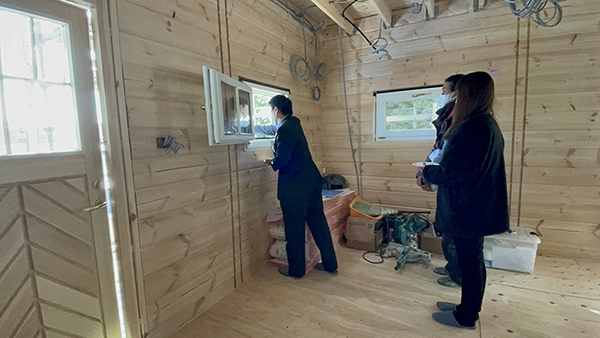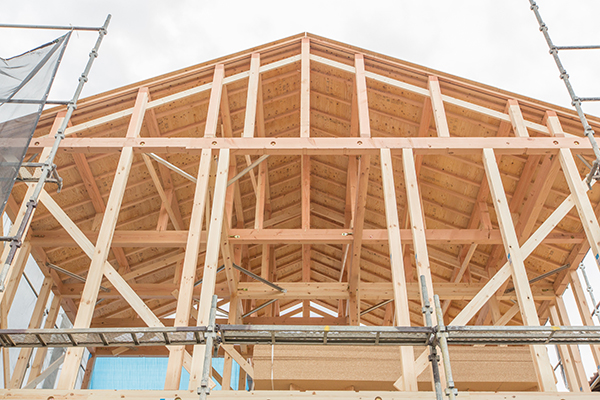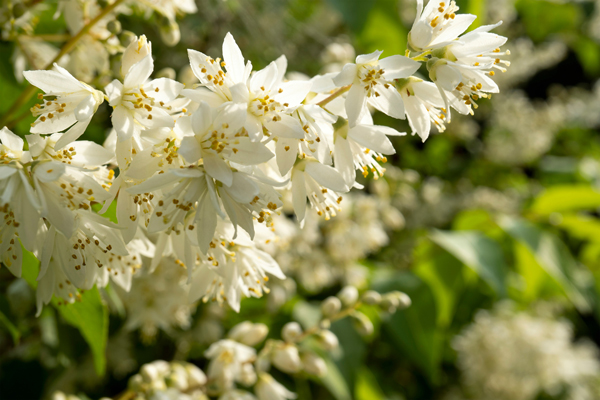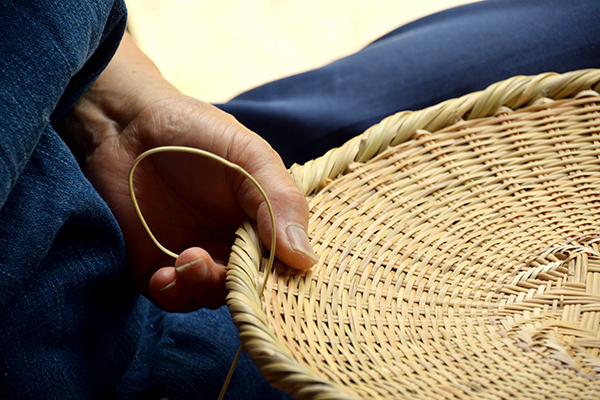When a house is newly built, a ridgepole raising ceremony is held, but although most people know the term ridgepole raising ceremony, they may not know what exactly it entails.
This article explains the meaning of the ridgepole raising ceremony and the process of the ridgepole raising ceremony.
Jotoh-shiki
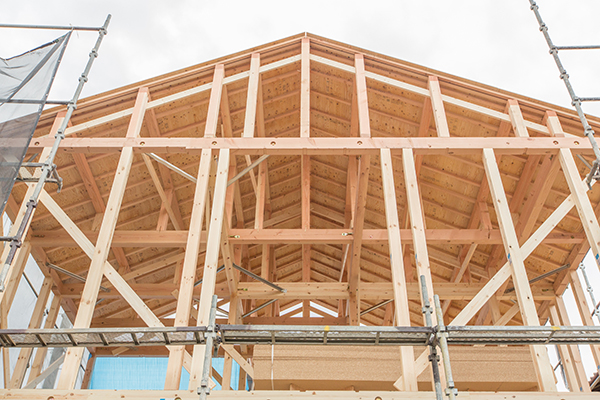
The ridgepole raising ceremony is held to wish for the safe completion of the building, with offerings of Kagamimochi (mirror-shaped rice cakes) and sacred wine to the gods. The ceremony is held when the framework of the new house, including the pillars and beams, is almost complete, and the biggest beam, called the Munenagi, is raised. The ridgepole raising ceremony was originally held for wooden buildings, but is also held for reinforced concrete buildings when the main structure is completed.
The ridgepole raising ceremony is practised by both Shinto and Buddhist communities, and there are similar ceremonies in other countries as well as in Japan.
For example, in Denmark, when the framework of the house is completed, a wreath-like decoration made of evergreen branches and leaves, the Danish flag, ribbons and tape are placed at the top of the house.
The German ridgepole ceremony is similar to the Danish one, with a wreath made of round rings and colourful ribbons on the roof. Instead of a wreath, a crown-like ornament or a birch tree may be decorated like a Christmas tree. However, flags are not decorated as in Denmark.
The American ridgepole ceremony is basically the same as in Denmark and Germany, with evergreen ornaments added once the framework has been built.
Jichin-sai is similar to the ridgepole-raising ceremony.
The Jichin-sai ceremony is held before work begins on the new building, while the ridgepole raising ceremony is held when the house frame is completed. Both ceremonies are held to pray for the safety of the construction work.
The ridgepole raising ceremony is an important part of new construction work.
In the ridgepole raising ceremony, the ridgepole is raised to join all the pillars and beams to the roof. Raising the ridgepole is an important point in the construction of a new house, as it firmly establishes the framework of the house. The raising of the ridgepole is also a major event and milestone for the carpenters working on site, as all the other carpenters on site help out on the day of the ridgepole raising.
Simplification of Jotoh-shiki
Although the ridgepole raising ceremony has a long history and has always been conducted with an emphasis on formality, more and more ridgepole raising ceremonies are being conducted in a simplified form these days. Formalities are often excluded as much as possible, and in many cases, the owner simply expresses appreciation to those involved in the construction work and passes on sweets and gifts of congratulations.
However, even if the ceremony is simplified, it is still a milestone in the construction of a new building, and is no different from the original ridgepole raising ceremony. In this way, the ridgepole raising ceremony allows for communication between everyone involved in the construction and the client, and allows the rest of the construction to proceed in a pleasant manner.
Preparations Before Jotoh-shiki
The following preparations should be made before the ceremony. Get started as soon as possible to avoid any haste at the close of the ceremony.
Prepare Items for the Ceremony
Sacred sake, coarse salt and washed rice are required for Jotoh-shiki. The owner should prepare all the necessary items, including sacred paper (Gohei) and ridgepole tags (Munafuda) to be affixed to the ridgepole. In some cases, the construction company will provide the building tags, etc., but it is advisable to confirm this in advance to avoid any misunderstandings.
The day of the ridgepole raising ceremony is chosen to coincide with a day that is considered auspicious on Rokuyo calender (a series of six days calculated from Chinese calendar that supposedly predict whether there will be good or bad fortune during that day), such as Taian, Tomobiki, Sensho or Senpu.
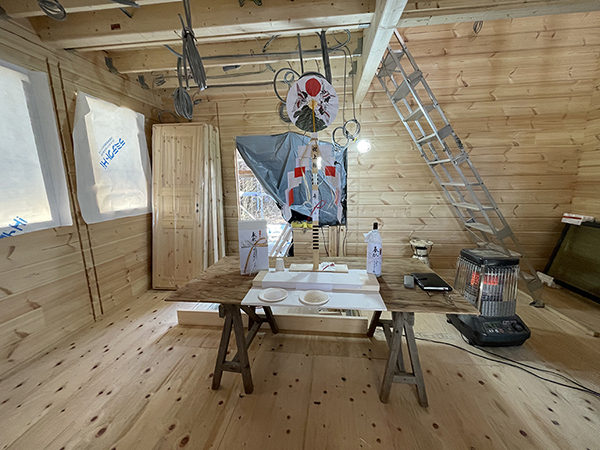
On the Day of Jotoh-shiki
The ridgepole raising is scheduled to finish in the evening. The ridgepole raising ceremony is scheduled to accommodate the schedules of a large number of people, so if there is a slight chance of rain, the ceremony can go ahead.
Flow of Jotoh-shiki
1. The ceremony begins with the affixing of the ridgepole tag to the ridgepole.
2. Then, the owner and the beams of the ridgepole sprinkle sake, rice and salt on the four corners of the house in a ceremony known as the 'Shikata-katame-no-giri'.
3. Next comes the 'Naorai-no-gi' ceremony, during which the owner gives a speech and a toast is made. At this, the master introduces the beams and other construction workers to those present. The owner then hands over congratulatory gifts and sweets to those involved in the construction.
Jotoh-shiki is a major event attended by the owner and his family. The sight of many people gathered to celebrate the completion of the framework of the house they will live in will stay with them long afterwards.
